Puntland: Historical Images
Moderator: Moderators
Re: Puntland: Historical Images
that dude with the feather and rob is ali yuusuf ali..not yuusuf ali.
- STARKAST
- SomaliNet Super

- Posts: 5153
- Joined: Mon Aug 03, 2009 11:07 am
- Location: Bale mountains, Somali Galbeed
Re: Puntland: Historical Images
I can honestly say that Majeerteens have the most facsinating history among all Somalis.
Gladly its all a history we can share.
Gladly its all a history we can share.
Re: Puntland: Historical Images
Guul13 wrote:Taleex
The ruins of the ancient city of Taleh ( Taleex), a historical town in the northeastern Sool region of Puntland. It served as the headquarters of the pre-independence Dervish movement. It’s renown for its large fort which was built around a collection of Dervish tombs, the earliest of which was that of Carro Seed Magan, the mother of Mohammed Abdulla Hasan.
wrong caro seed magan was the last to die she died in 1915 by that time Taleex was 2 years old.
Re: Puntland: Historical Images
The first majeerteen sultan ruled in 1815 died around 1835, thats not 18 century its 19 century, Captain Curttenden wrote the history of the coastal majeerteen sultan when he visited that coast around 1842 , Bendir Qaasim was no different then the city state of Seylac it paid tribute to the sultan of Masqad , in fact Seylac was the only state in northern somalia in the 19 century, all under Maxamed Al-Baar 1830-1843, under Sharmaarke 1843-1856 , and Abubakar Pasha 1856-1875., with a good central administerations, troops around 50 armed guards of Yemeni origin, few Turks that were responsible for the sea trade, gates all over the town , 6 mosques a trading relationship with Harar and Showa.Guul13 wrote:HISTORY OF GOVERNANCE PART I ( PRE-IMPERIALISM)
The northeast region of Somalia has, since August 1st, 1998, been referred to as Puntland State of Somalia. The territory is characterized by vast semi-arid range lands on which nomadic pastoralists raise herds of camels, goats and sheep. There are also a number of small towns and small coastal settlements where people practice rudimentary fishing.
The economy is primarily dependent on pastoralism, the livestock trade, and the import and export of goods at the port of Bosaaso on the northeast coast. Stretching from the Gulf of Aden and the Indian Ocean to the north and east, to south Mudug region in central Somalia and bordering Ethiopia and Somaliland in the west, the area encompasses the traditional territory of the Harti clan group of the Darood clan-family and a number of other Darood clans and is considered one of the most homogeneous Somali regions.
Although pre-colonial Somali society did not have a national government with modern structures and clearly defined international borders, the northeast region had traditional structures of government dating from the 18th century. These traditional structures of government included:
The Sultanate of Migiurtinia (mid 18th century - 1927)
The Sultanate of Obbio (1878–1925)
The Warsangeli Sultanate of Sanaag (1896–1925)
The Dervish State (1899 -1920)
These Sultanates had administrative and military structures, which safeguarded security, social welfare and political stability until they were disrupted by colonial powers (the Italians in the first two Sultanates and the British in the last two).
As Prof. Said Samatar of Rutgers University put it:
"In precolonial times the only states worthy of the name in the Somali peninsula had been the Migiurtin Sultanate of Boqor, or king, 'Ismaan Mohamuud in the Baargaal-Boosaaso region on the extreme eastern coast and the kingdom of Obbia (Hobyo) belonging to 'Ismaan's nephew, the dour Yuusuf Ali Keenadiid. These were both highly centralized states with all the organs and accoutrements of an integrated modern state--a hereditary nobility, titled aristocrats, a functioning bureaucracy, a flag, an army and a not insignificant network of foreign relations with embassies abroad.
Nowhere else in Somalia did anything even remotely comparable ever arise, except perhaps the Ujuuraan on the Shabeelle valley and Adal on the northwestern coast, both states having reached the apogee of power in the sixteenth century. In modern times theMigiurtin stand alone, absolutely alone, in having created a centralized state. This means that the Migiurtin clan in general, and the Migiurtin elite in particular, have a seasoned, unique experience in the nature and processes of statecraft that no other Somali group possesses. "
The Warsangeli Sultanate was noted for its robust tax-based centralized administration and trade and commercial relations existed between the Sultanates, the Indian sub-continent and Arabian Gulf states. For instance, ad valorem taxation systems, export of livestock, animal and agro-forestry products and import of consumer goods thrived in the Sultanate of Migiurtinia during the second half of the 19th century and first quarter of the 20th century.
In Puntland, “Isim” (singular) or “Isimo” (plural), the traditional titled leaders or paramount chiefs, are usually crowned in a traditional ceremony known as “’Aano-Shub” (meaning crowning with milk, pouring milk on the head) or “’Aleemo-Saar” (meaning showering with green leaves). The highest traditional position for the Darood clan is the Boqor (king), with other positions denoted as Ugaas, Garaad, Islan, Beeldaaje, Sultan, Qud, Caaqil (chief), Nabaddon, Samadoon and Oday.
In the 20 century there was no somali state, even the so called Dervish were under the Italian protection in El/Ilig and Nugal, one cant call Taleex and Midhisho a state these were forts that hid the Dervish, they ruled no one , even their marauding gangs were not ruled by any. Maxamud Cali Shire was a young man till the 1930's, Ali Shire his father although a sultan but he was a nomadic sultan he had no coastal settelment , when Ltd. Speke met the sultan in 1855 the mere sight of lit match scared the wits out of the sultan and him and his people run to the bushes. Ali Shire had no state he was a protected town/nomad sultan who flew the British colors.
The only somali town sultans with some sort of administerations were those of Moqdisho be it Ajuuraan or Geledi.
- Guul13
- SomaliNet Heavyweight

- Posts: 1021
- Joined: Fri Apr 05, 2013 1:55 pm
- Location: Suldaan Guul Suldaan Mooracase- KABLALAX!
Re: Puntland: Historical Images
Take your comments elsewhere, this is a historical picture thread and you're trying to sideline it with your unwanted comments.
- STARKAST
- SomaliNet Super

- Posts: 5153
- Joined: Mon Aug 03, 2009 11:07 am
- Location: Bale mountains, Somali Galbeed
Re: Puntland: Historical Images
Its only practical that these idoors hijack and distort Somali history. But its only expected. They are 'best of British' 
- Guul13
- SomaliNet Heavyweight

- Posts: 1021
- Joined: Fri Apr 05, 2013 1:55 pm
- Location: Suldaan Guul Suldaan Mooracase- KABLALAX!
Re: Puntland: Historical Images
This topic lasted nearly 4 pages without some loser inserting his two cents in. That's a record for delusionalhaternetSTARKAST wrote:Its only practical that these idoors hijack and distort Somali history. But its only expected. They are 'best of British'
- Guul13
- SomaliNet Heavyweight

- Posts: 1021
- Joined: Fri Apr 05, 2013 1:55 pm
- Location: Suldaan Guul Suldaan Mooracase- KABLALAX!
Re: Puntland: Historical Images
Portraits from the 1880's
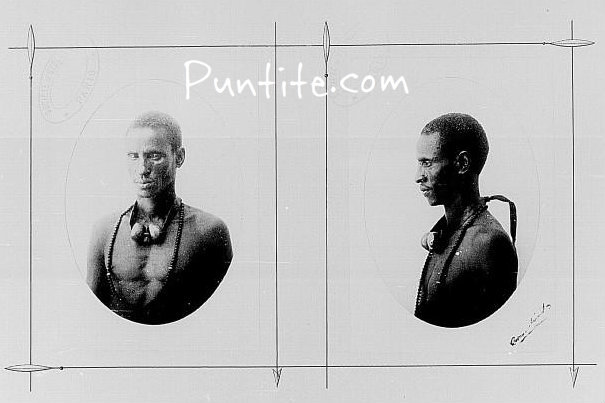
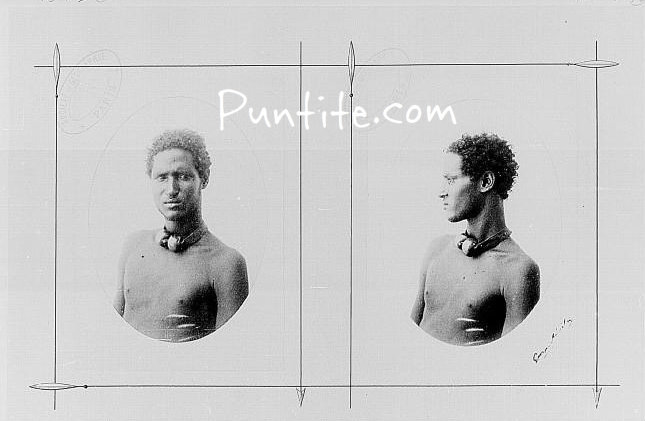
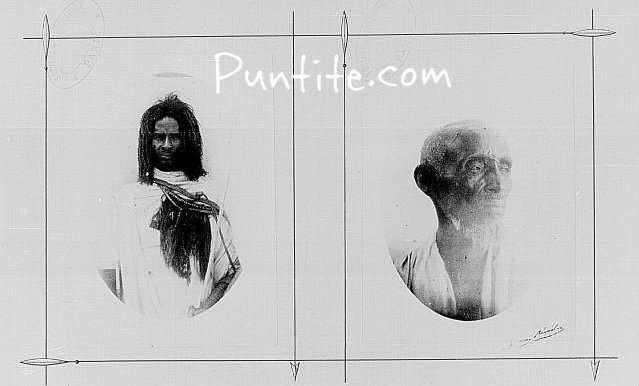



- Guul13
- SomaliNet Heavyweight

- Posts: 1021
- Joined: Fri Apr 05, 2013 1:55 pm
- Location: Suldaan Guul Suldaan Mooracase- KABLALAX!
Re: Puntland: Historical Images
Alula (Caluula), 1927, Images were taken right after the Italians captured from the Boqor (King) of Migiurtinia and his troops.
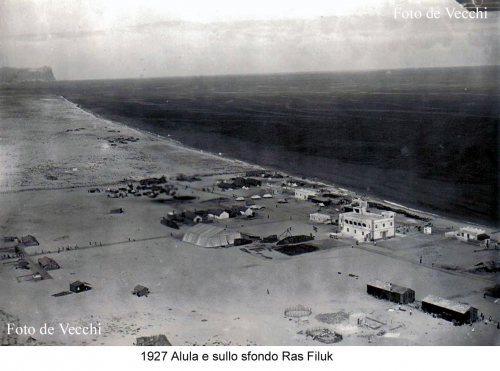
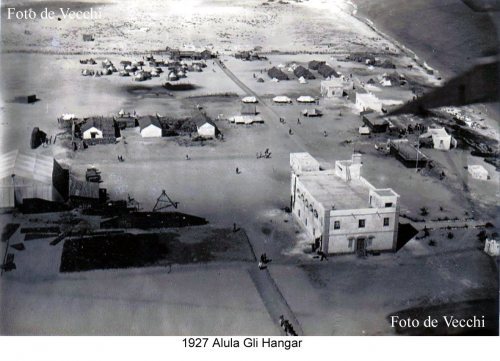
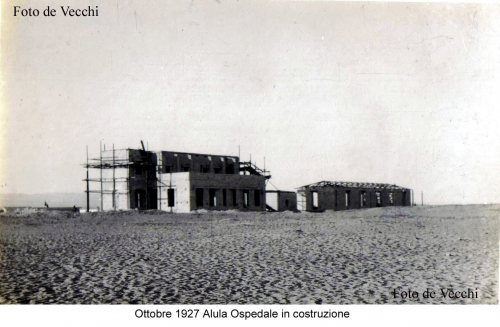
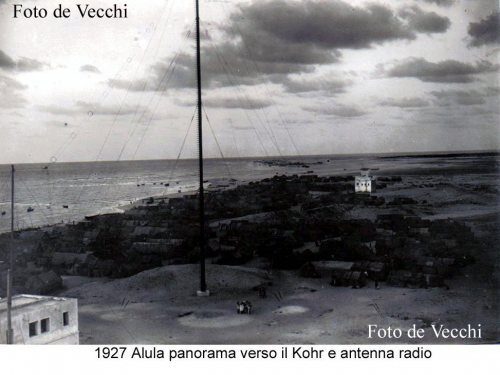
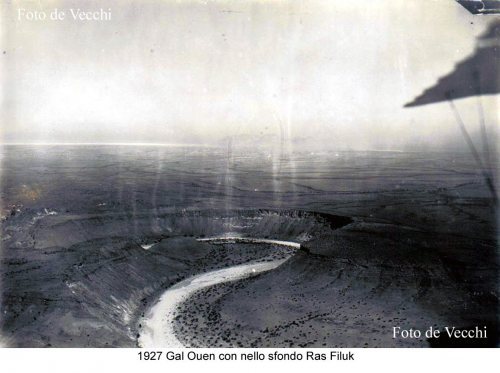





Re: Puntland: Historical Images
on top of all the mud houses is the Italian colonial flag. Also this Ali Yuusuf with feather on his head was an Italian puppet , he arranged the overthrew of his father with the Italians and after the old Yuusuf's death in 1911 the Italian arranged the succession , Hobyo was an Italian invention . there was no Daarood state period contarary to Idaajaa's VOA probaganda of Daarood states existing , there is no such a thing. In fact the entire sultanate of the Majeerteen came about via the looting of ships in the 1800's , the Ali Saleemaan Vs Cismaan Maxamuud so called sultanate conflict was caused by division of the loots from British ship wrecks.Guul13 wrote:Take your comments elsewhere, this is a historical picture thread and you're trying to sideline it with your unwanted comments.
- Guul13
- SomaliNet Heavyweight

- Posts: 1021
- Joined: Fri Apr 05, 2013 1:55 pm
- Location: Suldaan Guul Suldaan Mooracase- KABLALAX!
Re: Puntland: Historical Images
Coastal Puntland, 1880, illustrations by a French explorer who visited several coastal towns and villages in the “Cape of Spices” (the north-eastern tip of Africa)
Bender Khor

Bender Ziyada

Qandala

Store in Qandala

Bender Khor

Bender Ziyada

Qandala

Store in Qandala

-
Kafkaesque
- SomaliNetizen

- Posts: 527
- Joined: Mon Mar 18, 2013 9:11 am
Re: Puntland: Historical Images
Wallahi idoors are among some of the most pathetic scum ever to have grazed the Somali Peninsula. Only they would try and tarnish the great history of others, for the lack of their own, like scorned housewives. 

Ilaahi ishooda naga qabo, say ameen guys. Also keep it up, a lot of great history is on that site, I traced many of them to academic archives such as JSTOR.
Also keep it up, a lot of great history is on that site, I traced many of them to academic archives such as JSTOR.
Ilaahi ishooda naga qabo, say ameen guys.
- Guul13
- SomaliNet Heavyweight

- Posts: 1021
- Joined: Fri Apr 05, 2013 1:55 pm
- Location: Suldaan Guul Suldaan Mooracase- KABLALAX!
Re: Puntland: Historical Images
Amiin.Kafkaesque wrote:Wallahi idoors are among some of the most pathetic scum ever to have grazed the Somali Peninsula. Only they would try and tarnish the great history of others, for the lack of their own, like scorned housewives.

Ilaahi ishooda naga qabo, say ameen guys.Also keep it up, a lot of great history is on that site, I traced many of them to academic archives such as JSTOR.
If those "mud" houses were so common, we would have seen them along with castles and forts across the Somali peninsula instead of being concentrated in the Sultanate regions.
- Guul13
- SomaliNet Heavyweight

- Posts: 1021
- Joined: Fri Apr 05, 2013 1:55 pm
- Location: Suldaan Guul Suldaan Mooracase- KABLALAX!
Re: Puntland: Historical Images
Xaabo (Habo)
Habo is a town steeped in history, but has been largely unexplored due to its remote location. Located east of Alula in the Bari province of Puntland, in the area known by the Romans as the Cape of Spices, Habo was an important place for the ancient cinnamon and Indian spice trade route. The town sustained damage during the Italian bombardment of the coastal regions in the late 1920s.



Habo is a town steeped in history, but has been largely unexplored due to its remote location. Located east of Alula in the Bari province of Puntland, in the area known by the Romans as the Cape of Spices, Habo was an important place for the ancient cinnamon and Indian spice trade route. The town sustained damage during the Italian bombardment of the coastal regions in the late 1920s.



-
- Similar Topics
- Replies
- Views
- Last post
-
- 33 Replies
- 15739 Views
-
Last post by zingii
-
- 33 Replies
- 18327 Views
-
Last post by The_Patriot
-
- 23 Replies
- 10461 Views
-
Last post by Xamud.
-
- 13 Replies
- 2106 Views
-
Last post by TheblueNwhite
-
- 2 Replies
- 991 Views
-
Last post by Righteous
-
- 1 Replies
- 442 Views
-
Last post by theyuusuf143
-
- 0 Replies
- 795 Views
-
Last post by BestPlaya
-
- 27 Replies
- 22434 Views
-
Last post by Somaliman50
-
- 89 Replies
- 76818 Views
-
Last post by TheblueNwhite
-
- 1 Replies
- 9492 Views
-
Last post by Ducaysane_87





